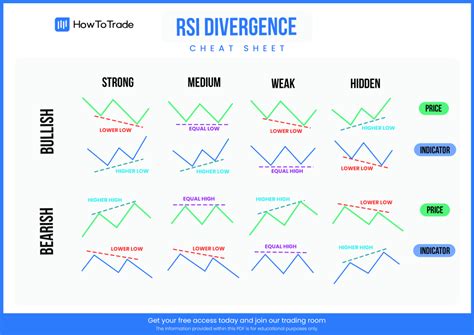Analyzing Technical Indicators: RSI And MACD In Trading
Understanding of the cryptocurrency trade with RSI and MacD: a technical indicator analysis
The world of cryptocurrency trade has become increasingly popular, driven by the rise of the decentralized stock market (Dexs) and the growing demand for digital assets. However, navigating in this complex market can be discouraging, especially for beginners. In this article we will deal with the use of RSI and MACD indicators in cryptocurrency trade and examine their strengths and weaknesses.
What are RSI and MacD?
Before immersing us in the analysis, let’s quickly check which RSI (relative strength index) and MACD (convergence divergence of the sliding average convergence):
* RSI : An impulse indicator that measures the speed and change of price movements over time. It oscillates between 0 and 100, with high values of overbought conditions and low values.
* MACD : An extension of RSI, in which two movable average values are used to smooth the noise and improve the signal.
How do RSI and MacD work in cryptocurrency trade?
In cryptocurrency markets, both RSI and MACD can be used as indicators to identify potential purchase or sales signals. Here is a brief overview:
* RSI : If the RSI falls under 30, this can indicate that cryptocurrency has a faster price increases (overdated condition). If the RSI increases over 70, this can signal a reduction in price volatility.
* MACD : The MACD line can help identify the strength of an upward trend or downward trend. A bullish MacD line above the signal line can display a potential purchase signal, while a bear MACD line can suggest a sales signal under the signal line.
Key characteristics and considerations
When using RSI and MACD in cryptocurrency trading:
* Adaptation parameters
: Both indicators have adjustable parameters to fan their performance. For example, the EMA settings (exponential sliding average) and the signal line settings can significantly influence their effectiveness.
* Zeit frame : RSI and MACD work best with a longer time frame (e.g. 14-day or 50-day-MA). Shorter time frames may not offer any exact signals on cryptocurrency markets with high volatility.
* Overlapping indicators : The use of several technical indicators such as RSI and MACD can lead to overlapping signals. This can be an advantage to identify trends, but also increases the risk of incorrect signals.
Case studies: Use RSI and MACD
To illustrate your effectiveness, we analyze a hypothetical example:
Suppose we act Bitcoin (BTC) with an average price range of $ 25,000 to $ 30,000. We use RSI to identify potential purchase and sales signals and MACD to support us in navigation in the trend.
Example 1: Buy a signal
- RSI falls under 20 and rises over 70
- MacD crosses over the signal line
In this scenario we can enter a purchase position for $ 26,000. If the price continues to rise, our MACD line would probably cross the signal line, which points out that the trend will probably continue upwards.
Example 2: Sell Signal
- RSI falls under 20 and rises over 70
- MacD crosses under the signal line
In this case, we can enter a sales position of $ 25,000. If the price continues to drop, our MACD line would probably cross the signal line, which points out that the trend is likely to continue down.
Diploma

The cryptocurrency trade with RSI and MACD can be a powerful instrument to identify trends and potential purchase or sales signals. By adapting parameters, the use of longer time frames and taking into account overlapping indicators, retailers can increase their chances of success in this fast -moving market. However, it is important to note that not a single indicator is foolproof and a well -informed trade strategy should always be combined with basic analyzes and risk management techniques.


